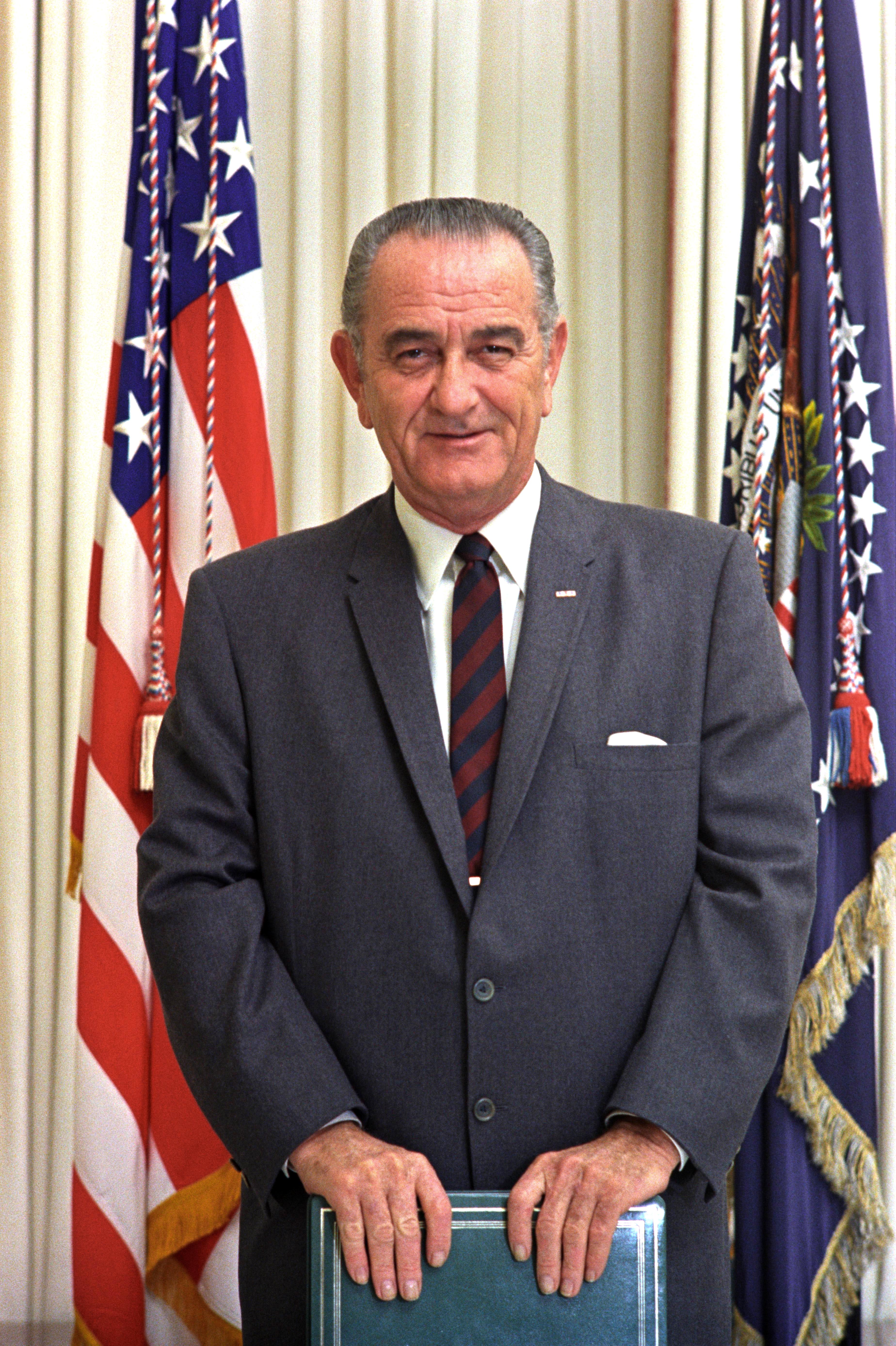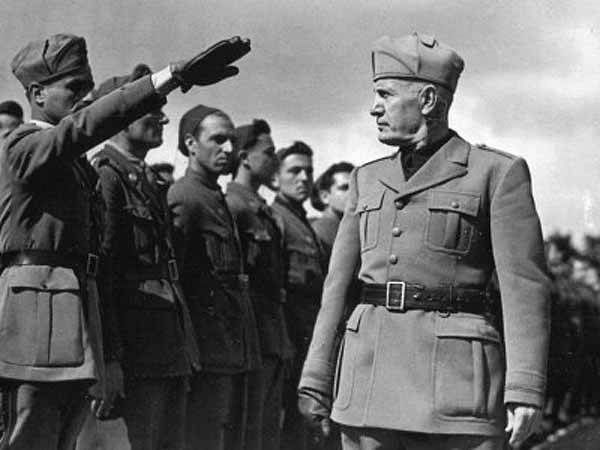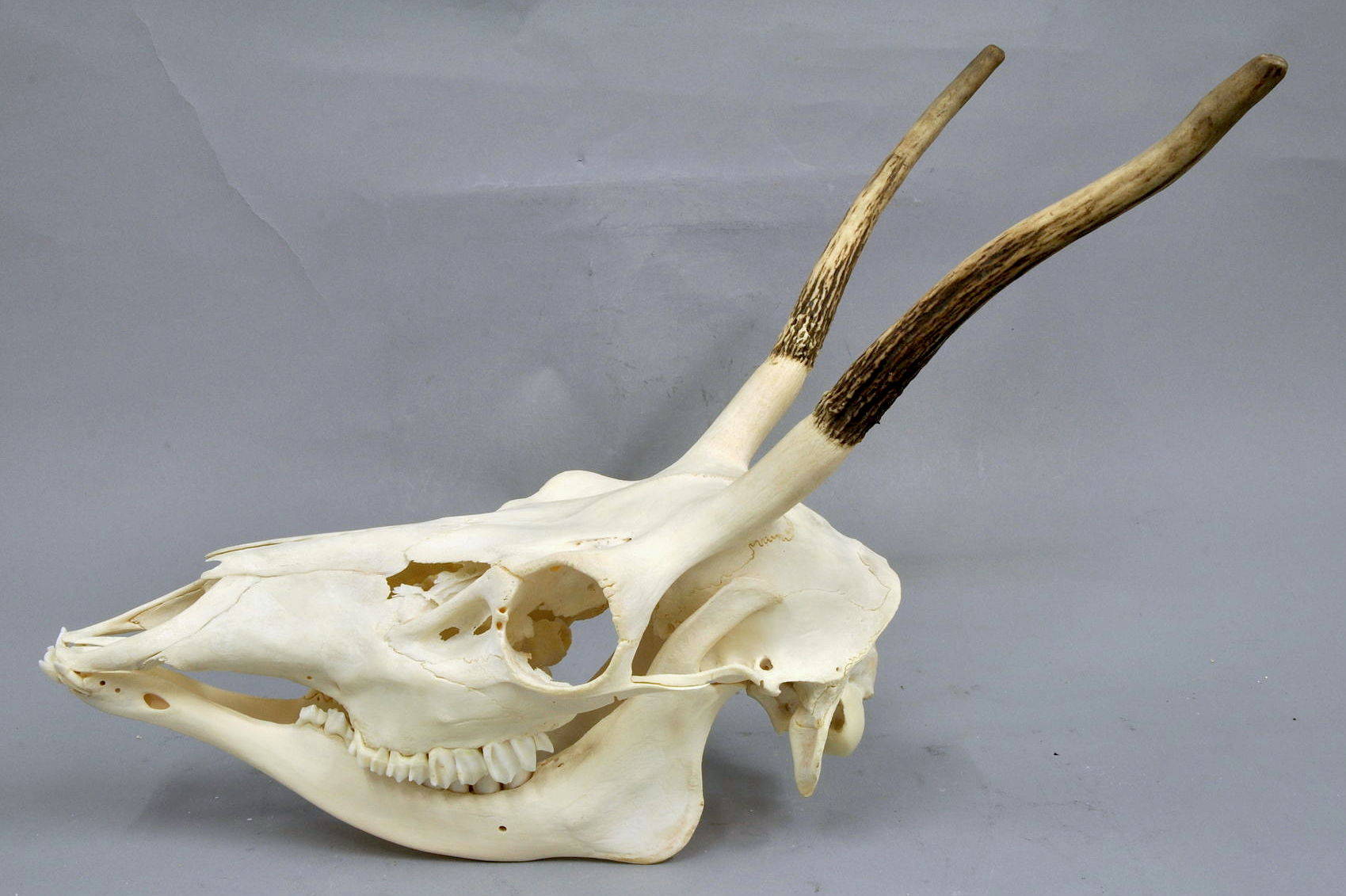|
Eugen Botezat
Eugen C. Botezat (March 15, 1871–December 1964) was an Austro-Hungarian-born Romanian zoologist. Born in Tereblecea, in Austrian-ruled Bukovina, his parents Constantin and Domnica were teachers. He attended three grades of primary school in his native village from 1877 to 1879, followed by a fourth in Siret, where he learned German. Botezat went to high school in Czernowitz (''Cernăuți'') and Suceava, graduating in 1892.Crețu, p. 135 He studied natural sciences at the German University in Prague. In 1897, he became a teaching assistant at its zoology institute; a year later, he received a doctorate. From 1898 to 1919 he taught natural sciences at the normal school in Czernowitz, paying particular attention to students from rural backgrounds like himself. In 1907, he became assistant professor of histology at Czernowitz University, and also performed laboratory research on the comparative anatomy and histology of sensory organs in vertebrates. In 1913, upon being nominated ... [...More Info...] [...Related Items...] OR: [Wikipedia] [Google] [Baidu] [Amazon] |
Austria-Hungary
Austria-Hungary, also referred to as the Austro-Hungarian Empire, the Dual Monarchy or the Habsburg Monarchy, was a multi-national constitutional monarchy in Central Europe#Before World War I, Central Europe between 1867 and 1918. A military and diplomatic alliance, it consisted of two sovereign states with a single monarch who was titled both the Emperor of Austria and the King of Hungary. Austria-Hungary constituted the last phase in the constitutional evolution of the Habsburg monarchy: it was formed with the Austro-Hungarian Compromise of 1867 in the aftermath of the Austro-Prussian War, following wars of independence by Hungary in opposition to Habsburg rule. It was dissolved shortly after Dissolution of Austria-Hungary#Dissolution, Hungary terminated the union with Austria in 1918 at the end of World War 1. One of Europe's major powers, Austria-Hungary was geographically the second-largest country in Europe (after Russian Empire, Russia) and the third-most populous (afte ... [...More Info...] [...Related Items...] OR: [Wikipedia] [Google] [Baidu] [Amazon] |
Tactile Corpuscle
Tactile corpuscles or Meissner's corpuscles are a type of mechanoreceptor discovered by anatomist Georg Meissner (1829–1905) and Rudolf Wagner. This corpuscle is a type of nerve ending in the skin that is responsible for sensitivity to pressure. In particular, they have their highest sensitivity (lowest threshold) when sensing vibrations between 10 and 50 hertz. They are rapidly adaptive receptors. They are most concentrated in thick hairless skin, especially at the finger pads. Structure Tactile corpuscles are encapsulated myelinated nerve endings, surrounded by Schwann cells. The encapsulation consists of flattened supportive cells arranged as horizontal lamellae surrounded by a connective tissue capsule. The corpuscle is 30–140 μm in length and 40–60 μm in diameter. A single nerve fiber meanders between the lamellae and throughout the corpuscle. Location They are distributed on various areas of the skin, but concentrated in areas especially sensitive to li ... [...More Info...] [...Related Items...] OR: [Wikipedia] [Google] [Baidu] [Amazon] |
1964 Deaths
Events January * January 1 – The Federation of Rhodesia and Nyasaland is dissolved. * January 5 – In the first meeting between leaders of the Roman Catholic and Orthodox churches since the fifteenth century, Pope Paul VI and Patriarch Athenagoras I of Constantinople meet in Jerusalem. * January 6 – A British firm, the Leyland Motor Corp., announces the sale of 450 buses to the Cuban government, challenging the United States blockade of Cuba. * January 9 – ''Martyrs' Day (Panama), Martyrs' Day'': Armed clashes between United States troops and Panamanian civilians in the Panama Canal Zone precipitate a major international crisis, resulting in the deaths of 21 Panamanians and 4 U.S. soldiers. * January 11 – United States Surgeon General Luther Terry reports that smoking may be hazardous to one's health (the first such statement from the U.S. government). * January 22 – Kenneth Kaunda is inaugurated as the first Prime Minister of Northern Rhodesia. * January ... [...More Info...] [...Related Items...] OR: [Wikipedia] [Google] [Baidu] [Amazon] |
1871 Births
Events January–March * January 3 – Franco-Prussian War: Battle of Bapaume – Prussians win a strategic victory. * January 18 – Proclamation of the German Empire: The member states of the North German Confederation and the south German states unite into a single nation state, known as the German Empire. The King of Prussia is declared the first German Emperor as Wilhelm I of Germany, in the Hall of Mirrors at the Palace of Versailles. The Constitution of the German Confederation comes into effect. It abolishes all restrictions on Jewish marriage, choice of occupation, place of residence, and property ownership, but exclusion from government employment and discrimination in social relations remain in effect. * January 21 – Battle of Dijon: Giuseppe Garibaldi's group of French and Italian volunteer troops, in support of the French Third Republic, win a battle against the Prussians. * February 8 – 1871 French legislative election elects the first legislatu ... [...More Info...] [...Related Items...] OR: [Wikipedia] [Google] [Baidu] [Amazon] |
Păun Otiman
Păun Ion Otiman (born 28 May 1942) is a Romanian agricultural scientist and economist, University Professor, list of members of the Romanian Academy, member of the Romanian Academy, Romanian Senator and former Rector (academia), Rector of the Banat University of Agronomical Sciences and Veterinary Medicine. Biography He was born in 1942 in Bănia, Gârbovăț, Caraș-Severin County. In 1960 he started his academic studies at the Agronomy Faculty in Timișoara (Dipl. Ing. agr. 1965), followed by the Economical Sciences Faculty and studies at the Agricultural Economy Faculty in Bucharest, obtaining a Ph.D. in Management. He became Assistant (1969), Lecturer (1971), Assistant Professor (1978) and Professor and Rector (1990) of the Banat's University of Agricultural Sciences and Veterinary Medicine, where he taught Management, Rural Economy, Rural Development, Economical Cybernetics, and Informational Systems. He was both senator of the Parliament of Romania, Romanian Parliament an ... [...More Info...] [...Related Items...] OR: [Wikipedia] [Google] [Baidu] [Amazon] |
List Of Purged Members Of The Romanian Academy
In 1948, the new Romanian Communist regime undertook a political purge of the members of the Romanian Academy. In all, 113 members were removed that June, representing over two-thirds of the total membership at the beginning of the year. Fifty-five members of the "old" academy, mainly scientists, were admitted into the "new" one. In 1990 and 1994, following the Romanian Revolution, 97 of the purged members were restored to the academy, post-mortem. This list presents the names of the purged members, along with the names of those who died in prison and those who spent time in prison. Purged members (113) Titular members (26) Literature section (8) History section (14) Sciences section (4) Corresponding members (58) Literature section (20) History section (19) Sciences section (19) Honorary members (29) Purged members who died in prison (9) Purged members who were incarcerated (30) Notes References *{{in lang, ro Păun Otiman"1948 - Anul imensei jertfe a Academiei ... [...More Info...] [...Related Items...] OR: [Wikipedia] [Google] [Baidu] [Amazon] |
Communist Romania
The Socialist Republic of Romania (, RSR) was a Marxism–Leninism, Marxist–Leninist One-party state, one-party socialist state that existed officially in Romania from 1947 to 1989 (see Revolutions of 1989). From 1947 to 1965, the state was known as the Romanian People's Republic (, RPR). The country was an Eastern Bloc state and a member of the Warsaw Pact with a dominant role for the Romanian Communist Party enshrined in :Template:RomanianConstitutions, its constitutions. Geographically, RSR was bordered by the Black Sea to the east, the Soviet Union (via the Ukrainian Soviet Socialist Republic, Ukrainian and Moldavian Soviet Socialist Republic, Moldavian SSRs) to the north and east, Hungarian People's Republic, Hungary and Socialist Federal Republic of Yugoslavia, Yugoslavia (via Socialist Republic of Serbia, SR Serbia) to the west, and People's Republic of Bulgaria, Bulgaria to the south. As World War II ended, Kingdom of Romania, Romania, a former Axis powers, Axis membe ... [...More Info...] [...Related Items...] OR: [Wikipedia] [Google] [Baidu] [Amazon] |
World War II
World War II or the Second World War (1 September 1939 – 2 September 1945) was a World war, global conflict between two coalitions: the Allies of World War II, Allies and the Axis powers. World War II by country, Nearly all of the world's countries participated, with many nations mobilising all resources in pursuit of total war. Tanks in World War II, Tanks and Air warfare of World War II, aircraft played major roles, enabling the strategic bombing of cities and delivery of the Atomic bombings of Hiroshima and Nagasaki, first and only nuclear weapons ever used in war. World War II is the List of wars by death toll, deadliest conflict in history, causing World War II casualties, the death of 70 to 85 million people, more than half of whom were civilians. Millions died in genocides, including the Holocaust, and by massacres, starvation, and disease. After the Allied victory, Allied-occupied Germany, Germany, Allied-occupied Austria, Austria, Occupation of Japan, Japan, a ... [...More Info...] [...Related Items...] OR: [Wikipedia] [Google] [Baidu] [Amazon] |
Bucharest
Bucharest ( , ; ) is the capital and largest city of Romania. The metropolis stands on the River Dâmbovița (river), Dâmbovița in south-eastern Romania. Its population is officially estimated at 1.76 million residents within a greater Bucharest metropolitan area, metropolitan area of 2.3 million residents, which makes Bucharest the List of cities in the European Union by population within city limits, 8th most-populous city in the European Union. The city area measures and comprises 6 districts (''Sectors of Bucharest, Sectoare''), while the metropolitan area covers . Bucharest is a major cultural, political and economic hub, the country's seat of government, and the capital of the Muntenia region. Bucharest was first mentioned in documents in 1459. The city became the capital in 1862 and is the centre of Romanian media, culture, and art. Its architecture is a mix of historical (mostly History of architecture#Revivalism and Eclecticism, Eclectic, but also Neoclassical arc ... [...More Info...] [...Related Items...] OR: [Wikipedia] [Google] [Baidu] [Amazon] |
Soviet Occupation Of Bessarabia And Northern Bukovina
Between 28 June and 3 July 1940, the Soviet Union occupied Bessarabia and Northern Bukovina, following an ultimatum made to Romania on 26 June 1940 that threatened the use of force. Those regions, with a total area of and a population of 3,776,309 inhabitants, were incorporated into the Soviet Union. On 26 October 1940, six Romanian islands on the Chilia branch of the Danube, with an area of , were also occupied by the Soviet Army. The Soviet Union had planned to accomplish the annexation with a full-scale invasion, but the Romanian government, responding to the Soviet ultimatum delivered on 26 June, agreed to withdraw from the territories to avoid a military conflict. The use of force had been made illegal by the Conventions for the Definition of Aggression in July 1933, but from an international legal standpoint, the new status of the annexed territories was eventually based on a formal agreement through which Romania consented to the retrocession of Bessarabia and cession ... [...More Info...] [...Related Items...] OR: [Wikipedia] [Google] [Baidu] [Amazon] |
Carpathian Mountains
The Carpathian Mountains or Carpathians () are a range of mountains forming an arc across Central Europe and Southeast Europe. Roughly long, it is the third-longest European mountain range after the Ural Mountains, Urals at and the Scandinavian Mountains at . The highest peaks in the Carpathians are in the Tatra Mountains, exceeding , closely followed by those in the Southern Carpathians in Romania, exceeding . The range stretches from the Western Carpathians in Austria, the Czech Republic, Slovakia and Poland, clockwise through the Eastern Carpathians in Ukraine and Romania, to the Southern Carpathians in Romania and Serbia.About the Carpathians – Carpathian Heritage Society [...More Info...] [...Related Items...] OR: [Wikipedia] [Google] [Baidu] [Amazon] |
Red Deer
The red deer (''Cervus elaphus'') is one of the largest deer species. A male red deer is called a stag or Hart (deer), hart, and a female is called a doe or hind. The red deer inhabits most of Europe, the Caucasus Mountains region, Anatolia, Iran, and parts of western Asia. It also inhabits the Atlas Mountains of Northern Africa, being the only living species of deer to inhabit Africa. Red deer have been introduced to other areas, including Australia, New Zealand, the United States, Canada, Peru, Uruguay, Chile and Argentina. In many parts of the world, the meat (venison) from red deer is used as a food source. The red deer is a ruminant, characterized by a four-chambered stomach. Genetics, Genetic evidence indicates that the red deer, as traditionally defined, is a species group, rather than a single species, though exactly how many species the group includes remains disputed. The ancestor of the red deer probably originated in central Asia. Although at one time red deer were ... [...More Info...] [...Related Items...] OR: [Wikipedia] [Google] [Baidu] [Amazon] |







